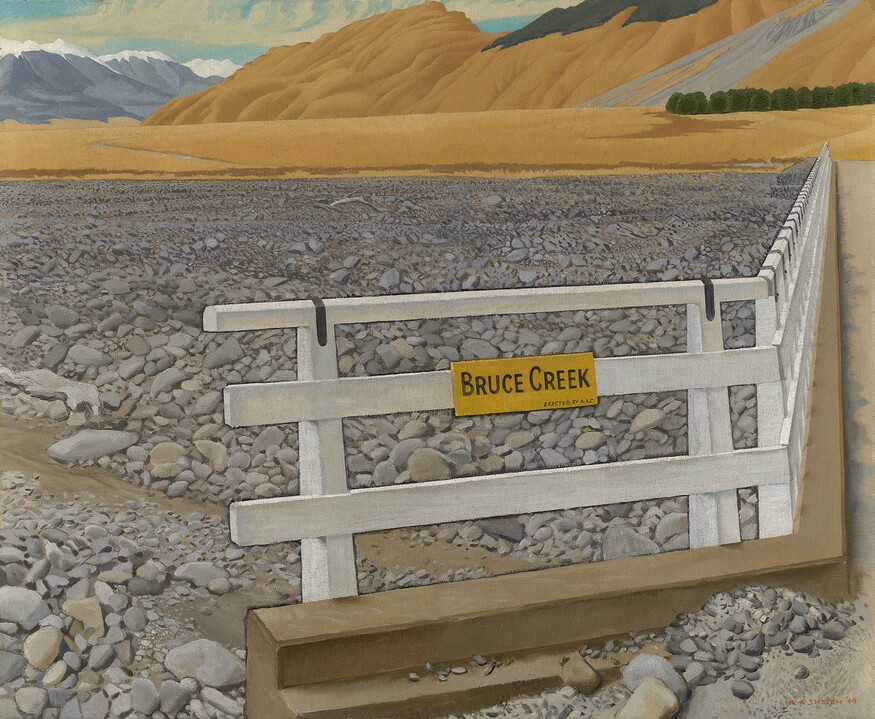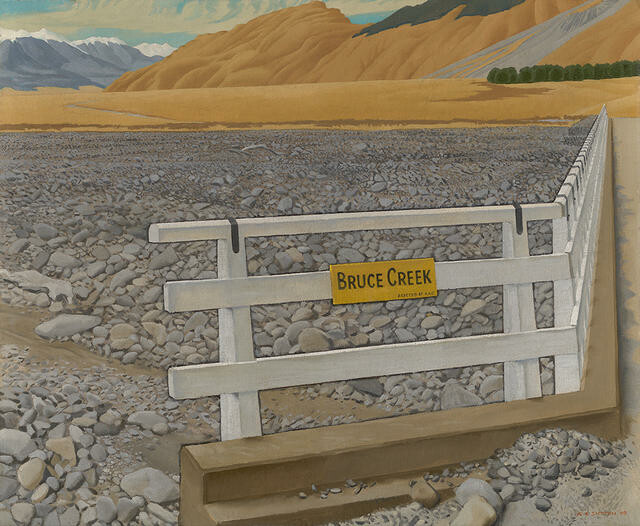Dry September and the Dutch Funeral
![Petrus van der Velden Burial in the winter on the island of Marken [The Dutch Funeral] 1872. Oil on canvas. Collection of Christchurch Art Gallery Te Puna o Waiwhetū, gift of Henry Charles Drury van Asch, 1932](/media/cache/9e/17/9e174774e1833daae9c88ca60c4554e9.jpg)
Petrus van der Velden Burial in the winter on the island of Marken [The Dutch Funeral] 1872. Oil on canvas. Collection of Christchurch Art Gallery Te Puna o Waiwhetū, gift of Henry Charles Drury van Asch, 1932
Towards the end of last century I was teaching at Christ’s College. At lunchtime, like quite a few of the boys, I used to go through a gate in a brick wall to the Botanic Gardens to smoke. Then, especially if it was cold, I’d often wander, to no great purpose, through the Robert MacDougal Art Gallery.
I remember only two paintings. One was of a bridge over Bruce Creek in Arthur’s Pass. The other was of a Dutch funeral. They could hardly have been more different, yet each gave me a feeling of inconsequentiality. And I like a feeling of inconsequentiality.
Dry September was the high country in paint. I could feel the heat of the nor’wester, hear the crunch and creak of dry stones underfoot in the riverbed, see the grasses sucked dry and bleached. Despite the white-painted timbers of the one- lane bridge in the foreground – and how redolent is a one-lane bridge in these parts? – here was a landscape on which man had made little imprint.
It put me in mind of fishing in the Mackenzie in heat that bounced off the stones of the Tekapo riverbed under a sky as wide as the world. Just little me in a place where nothing mattered.
The Dutch Funeral was the Northern Hemisphere at its coldest. Funerals lend perspective, and a funeral with the coffin on a sledge in a frozen landscape under a sky as low as misery was especially stark. My first thought, always, was how they dug the grave. The land must have been like iron.
The mourners in black looked Gloriavale-ish. I presumed they were Dutch puritans. There was something touching but absurd in this embattled group of people setting out to bury their dead in weather so unremittingly hostile. And it was good to be reminded of mortality and absurdity, of nothing really mattering, before going outside for one more smoke, then back to the classroom to teach the young.

Bill Sutton Dry September 1949. Oil on canvas. Collection of Christchurch Art Gallery Te Puna o Waiwhetū, purchased 1973








![Burial in the Winter on the Island of Marken [The Dutch Funeral]](/media/cache/9a/96/9a96b5688dc57ff080da3f88edc59314.jpg)
